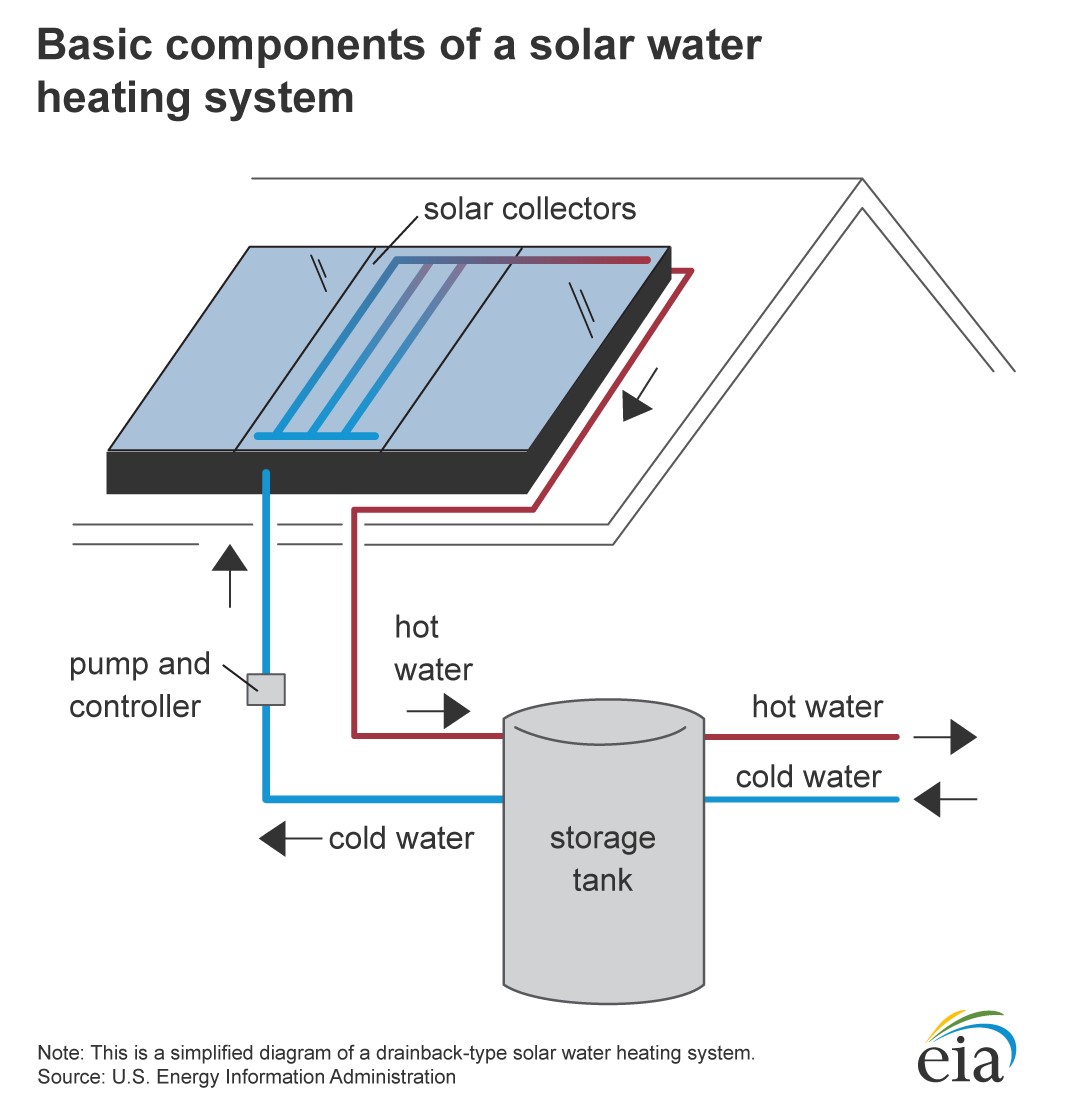Appliances include: In the average house hold your refrigerator, dishwasher, and your clothes washer and dryer account for about 12% of your energy bill. You can conserve energy and save money by investing in Energy Star appliances. With ENERGY STAR appliances you can save 30% or about $575 on your energy bills.
Here are some easy savings Ideas
- Don’t over-dry your clothes. If 50 minutes works, don’t set to 70 minutes.
- Wash clothes in cold water.
- Make sure refrigerator and freezer seals fit tightly when doors close.
- Setting your freezer below 0° uses extra energy.
- Setting your refrigerator below 37° uses extra energy.
- Replace old refrigerator/freezers in your garage/shop
- Overfilling your washer can increase your energy use.
Ways to invest
- New Dishwasher: Is your dishwasher more than 10 years old? Replacing it with an ENERGY STAR model will save you energy and water since ENERGY-STAR-rated models use at least 40% less energy than the federal minimum standard for energy consumption and a third less water. (Please check energy star rating for specific numbers for that appliance)
- New Clothes Washer: Reduce your washing costs by as much as 70% by replacing your washing machine with a new ENERGY STAR® labeled model. These models can also reduce your detergent use, reduce clothes drying time, and cut water use by 30% or more which could equal 6000 gallons per year. Less water also means a lower water bill. (Please check energy star rating for specific numbers for that appliance)
- New Clothes Dryer: Save 20% on your dryer costs by choosing an Energy Star rated model. (Please check energy star rating for specific numbers for that appliance)
- New Refrigerator/Freezer: When you need a new refrigerator or freezer, be sure to choose an ENERGY STAR model. ENERGY STAR qualified refrigerator models use at least 20% less energy than required by current federal. For even greater efficiency, choose a refrigerator with the freezer compartment below or above the fridge rather than a side-by-side model. Along with efficiency, be sure to compare cubic footage and purchase a model that matches your needs. (Please check energy star rating for specific numbers for that appliance)
Park Electric offers rebates for washers, dryers, refrigerators and freezers. Click here to learn more.
Water Heaters: Water heaters account for about 13% of the average household’s energy consumption. One way to reduce your operating cost is by reducing the water heaters thermostat by 10 degrees Fahrenheit. You can save an average of 3% on your energy bill by doing this. Park Electric recommends setting your water heater temperature to 120 degrees F. This will save money on your energy bill, and possibly extend the life of your water heater. Remember, water temperatures above 120 degrees F can cause burns.
Here are some easy savings Ideas
- Insulate accessible hot water lines
- If your water heater is located in your garage or basement, consider installing a thermal wrap around it. Take care to install it in accordance with the tank and wrap manufacturer instructions.
- Wash your clothes in cold water, 90% of energy consumption for washing clothes comes from heating the water.
- Overfilling your washer can increase your energy use.

- Check out this link to water heater rebate program.
- Install low flow heads/faucets, showers can account for over half of the hot water consumed in a home. Low-flow shower heads are a great way to save both energy and water.
- Install heat pump water heaters. They are generally the second largest energy user in a typical home after space heating. A heat pump water heater uses heat pump technology to save over half of your water heating costs.
- Install a solar hot water system to supplement your existing electric water heater. A SHW system preheats the water that goes into your existing water heater and reduces the amount of electricity your water heater consumes by 50 to 70 percent.
Park Electric offers a rebate for new hot water heaters. Click here to learn more.
Residential Lighting
Light Bulbs: The choices of residential lighting can be dizzying these days. Here are some tips to keep in mind when shopping for new bulbs for your home:
- Bulb type – LED, CFL, Halogen and Incandescent are the most common types of residential light bulbs today. Incandescent bulbs are the “traditional” style bulbs that used to be the standard on the market with a filament. These have the shortest life and use the most energy. Halogen bulbs are a step above incandescent bulbs in terms of energy savings and have a longer lifetime. CFL (Compact Fluorescent Lamp) are the spiral shaped bulbs that were the next generation of lighting efficiency. These bulbs can take a few minutes to “warm up” to their full brightness, but offer a longer lifespan than traditional bulbs and have good energy savings. LED (Light Emitting Diode) are the newest technology. These bulbs are the most energy efficient, come in the biggest range of colors and under the right conditions have the longest lifespan.
- Bulb color – Kelvin is a term used to describe the color temperature of a light bulb. With a scale of 1,000 – 10,000 the range is big. Color temperature on the scale of 2000K – 3000k is described as warm white, and may look somewhat yellowish. From 3100K – 4500K the color temperature is described as cool white and will be in the middle of the color range. Color temperature on the scale of 4600K – 6500K is described as daylight and tends to be more on the blue scale of light.
- Bulb brightness – We now purchase bulbs based on Lumens or light brightness rather than Watts. Take for instance a standard, incandescent 60W bulb. That bulb is approximately 700 lumens of brightness and uses 60W of energy. Its newest counterpart is the 10W LED which has comparable brightness in lumens, but uses only 10W of energy, as 50W savings!
All light bulbs will come with the following label to help your purchase:
Here are some easy energy saving ideas
- Replace your old incandescent bulbs with energy saving LED bulbs.
- Want more light outside? Consider purchasing solar lighting options.
- Turn off the lights when you are not in the room. Consider using a timer to turn lights on and off when you are not home.


